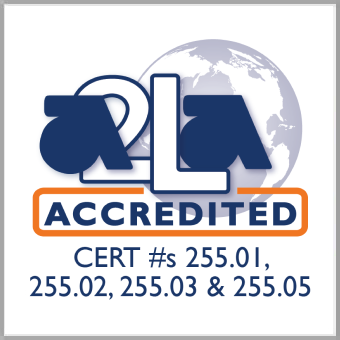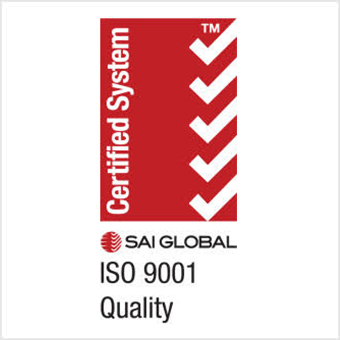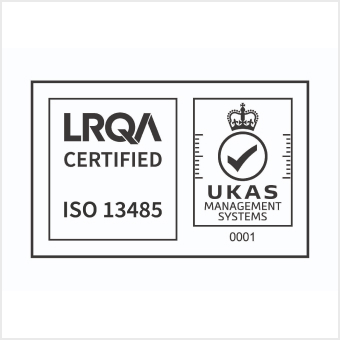Immunological Measurement of Four Principal Allergenic Proteins
I. Introduction
- Overview of Medical Gloves for Single Use
- Definition and types of single-use medical gloves (latex, nitrile, vinyl, etc.)
- Importance of gloves in healthcare settings
- Regulations surrounding the use of medical gloves (FDA, ISO, etc.)
- Leachable Proteins: Concept and Importance
- Definition of leachable proteins
- Sources of leachable proteins in medical gloves (natural rubber latex, synthetic polymers)
- Significance of leachable proteins in medical gloves for healthcare safety
- Purpose of the Summary
- Overview of the content and focus
- Objectives of understanding leachable proteins and their effects
II. Background
- Medical Gloves and Their Composition
- Latex and synthetic materials in medical gloves
- Role of proteins in the structure of rubber latex
- Chemical additives and other components in gloves
- Introduction to Leachable Substances
- Definition of leaching in the context of medical gloves
- Different categories of leachable substances: proteins, chemicals, and additives
- Leachable Proteins in Latex Gloves
- Overview of latex protein content and its biological origin
- Historical context of issues with leachable proteins in gloves
III. Types of Leachable Proteins
- Proteins in Natural Rubber Latex
- Specific proteins identified in latex (e.g., Hevea brasiliensis proteins)
- Role of proteins in rubber production
- Proteins in Synthetic Rubber Gloves
- Comparison with natural rubber latex gloves
- Leachability of proteins from synthetic gloves (e.g., nitrile)
- Proteins from Additives and Accelerators
- Chemical accelerators and their protein interaction
- Additives that might contribute to protein leaching
IV. Mechanism of Protein Leaching
- Leaching Process Overview
- Interaction of proteins with water or other solvents
- Factors influencing protein leaching (temperature, humidity, exposure to solvents)
- Factors Affecting Protein Leaching
- Material composition (latex vs. synthetic)
- Manufacturing process
- Storage and handling conditions
- Measurement of Leachable Proteins
- Analytical methods for detecting proteins (e.g., ELISA, mass spectrometry)
- Standards and protocols for quantifying leachable proteins
- Impact of Leaching on Gloves
- Effects on glove durability and integrity
- Influence on performance characteristics (e.g., tensile strength, elasticity)
V. Health Risks and Allergies Associated with Leachable Proteins
- Health Risks of Leachable Proteins
- Skin reactions: sensitization, irritation, rashes
- Respiratory issues (e.g., latex allergy, asthma)
- Long-term exposure concerns
- Latex Allergy: Causes and Mechanisms
- IgE-mediated allergic reactions to latex proteins
- Symptoms and severity of latex allergies
- Risk factors for healthcare workers and patients
- Other Sensitization Risks
- Sensitization through mucous membranes, especially in surgical settings
- Cross-reactivity with other allergens (e.g., fruits like bananas, avocados)
- Non-Latex Glove Options
- Alternatives to latex gloves (nitrile, vinyl, polyethylene)
- Sensitization and allergy risks of non-latex gloves
VI. Regulatory Guidelines and Standards
- International Standards for Medical Gloves
- ISO standards (e.g., ISO 11193, ISO 13485)
- FDA guidelines for medical gloves
- ASTM standards and testing methods for leachable proteins
- Threshold Limits for Leachable Proteins
- Safe levels of leachable proteins (e.g., FDA thresholds)
- Regulatory compliance for medical gloves
- Testing Requirements for Leachable Proteins
- Required tests for gloves before they are placed on the market
- Certification procedures for latex-free and hypoallergenic gloves
VII. Strategies to Minimize Leachable Proteins
- Manufacturing and Processing Modifications
- Modifications to glove production processes to reduce protein levels
- Washing and leaching processes to remove excess proteins
- Material Substitution
- Exploring synthetic alternatives to natural rubber latex
- Development of hypoallergenic gloves
- Improved Testing and Quality Control
- In-process monitoring to detect leachable proteins
- Development of new materials and additives to minimize allergenic proteins
- Post-Manufacture Treatment
- Use of post-production processes (e.g., chlorination, protein removal techniques)
VIII. Case Studies and Real-World Applications
- Healthcare Worker Exposure to Leachable Proteins
- Case studies of allergic reactions in healthcare settings
- Analysis of workplace policies regarding glove usage and protein exposure
- Patient Safety in Surgical and Clinical Environments
- Incidents of sensitization in patients during surgeries
- Best practices for patient safety regarding glove material selection
- Lessons Learned and Improvements in Glove Technology
- Innovations in the medical glove industry
- Key findings from research on leachable proteins
IX. Technological Advances in Glove Design and Manufacturing
- Developments in Glove Materials
- New materials in the market for medical gloves (biodegradable gloves, etc.)
- Advances in synthetic latex and alternatives
- Nanotechnology in Medical Gloves
- Use of nanomaterials to improve performance and reduce allergenic potential
- Automated Manufacturing for Better Control
- Automation and precision in manufacturing processes to ensure uniformity and reduce contaminants
- Smart Gloves and Wearables in Healthcare
- Exploration of smart glove technology and its integration with healthcare devices
- Potential to reduce the need for single-use gloves
X. Environmental Impact of Medical Gloves
- Waste Management Concerns
- Single-use nature of medical gloves and its environmental implications
- Disposal practices and environmental footprint
- Biodegradable and Eco-friendly Gloves
- Research into eco-friendly glove materials
- Efforts to reduce the carbon footprint of glove production and disposal
- Recycling and Reuse of Gloves
- Emerging concepts in glove reuse or recycling
- Challenges and limitations of glove recycling
XI. Conclusion
- Summary of Key Findings
- Recap of the issues with leachable proteins in medical gloves
- Advances made in mitigating risks
- Recommendations for Healthcare Facilities
- Best practices for glove selection, handling, and disposal
- Importance of continuous research into glove safety
- Future Directions in Medical Glove Research
- Potential future developments in glove materials and allergy reduction
- Need for ongoing regulation and testing improvements



